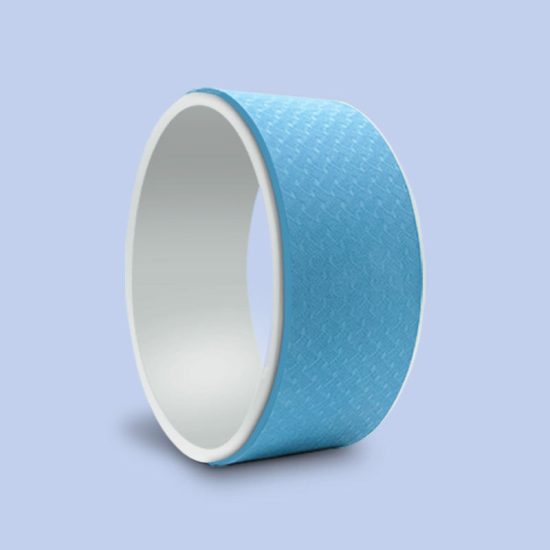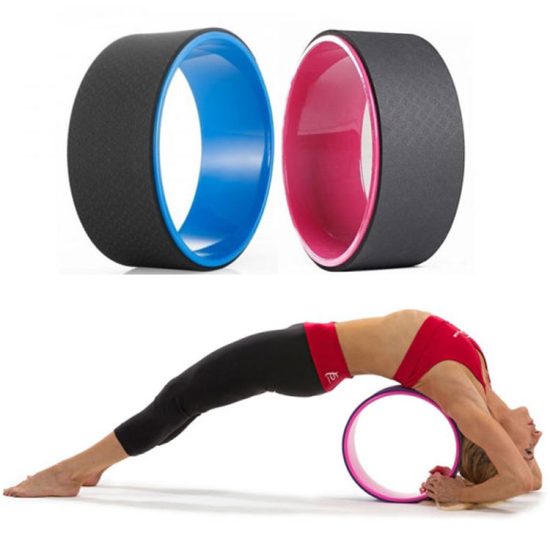Choosing the right yoga mat for hot yoga is essential, as the practice involves increased heat and perspiration. Here are some factors to consider when selecting a mat for hot yoga:
- Material:
- Opt for a mat made from materials that provide excellent grip, even when wet. Natural rubber and polyurethane are popular choices for hot yoga mats because they offer good traction and durability.
- Texture:
- Look for a mat with a textured surface. This can help prevent slipping during poses, especially when the mat becomes moist from sweat. Mats with open-cell textures tend to absorb moisture and provide better grip.
- Thickness:
- A thinner mat is generally recommended for hot yoga because it allows for better stability and connection with the floor. Mats in the range of 3-5mm thickness are commonly used for hot yoga.
- Grip:
- Grip is crucial in hot yoga to prevent slipping. Some mats have a sticky surface designed to enhance grip, while others may incorporate technology to improve traction. Test the mat’s grip before purchasing, and consider how it performs when wet.
- Closed-Cell vs. Open-Cell Construction:
- Closed-cell mats have a more sealed surface, making them resistant to moisture and easier to clean. Open-cell mats, on the other hand, absorb moisture, which can enhance grip but may require more maintenance.
- Durability:
- Hot yoga can be intense and may put more wear and tear on your mat. Choose a mat that is durable and can withstand regular use and exposure to heat.
- Anti-Microbial Properties:
- Given the increased moisture and warmth in hot yoga, a mat with anti-microbial properties can be beneficial. This feature helps prevent the growth of bacteria and odors.
- Size and Weight:
- Consider the size and weight of the mat, especially if you need to carry it to and from the studio. A lightweight and portable mat can be more convenient.
- Brand Reputation:
- Choose a mat from a reputable brand known for producing high-quality yoga equipment. Read reviews and get recommendations from fellow hot yoga practitioners.
- Cleaning and Maintenance:
- Hot yoga mats need regular cleaning due to increased sweat exposure. Choose a mat that is easy to clean and maintain. Some mats can be machine washed, while others require a simple wipe-down.
- Price:
- Invest in a quality mat that suits your needs and budget. While there are mats available at various price points, consider the long-term durability and performance of the mat.
Before making a purchase, it’s beneficial to try out different mats if possible or read reviews to get a sense of how each mat performs in hot yoga conditions. Finding the right mat will contribute to a more comfortable and effective hot yoga practice.


